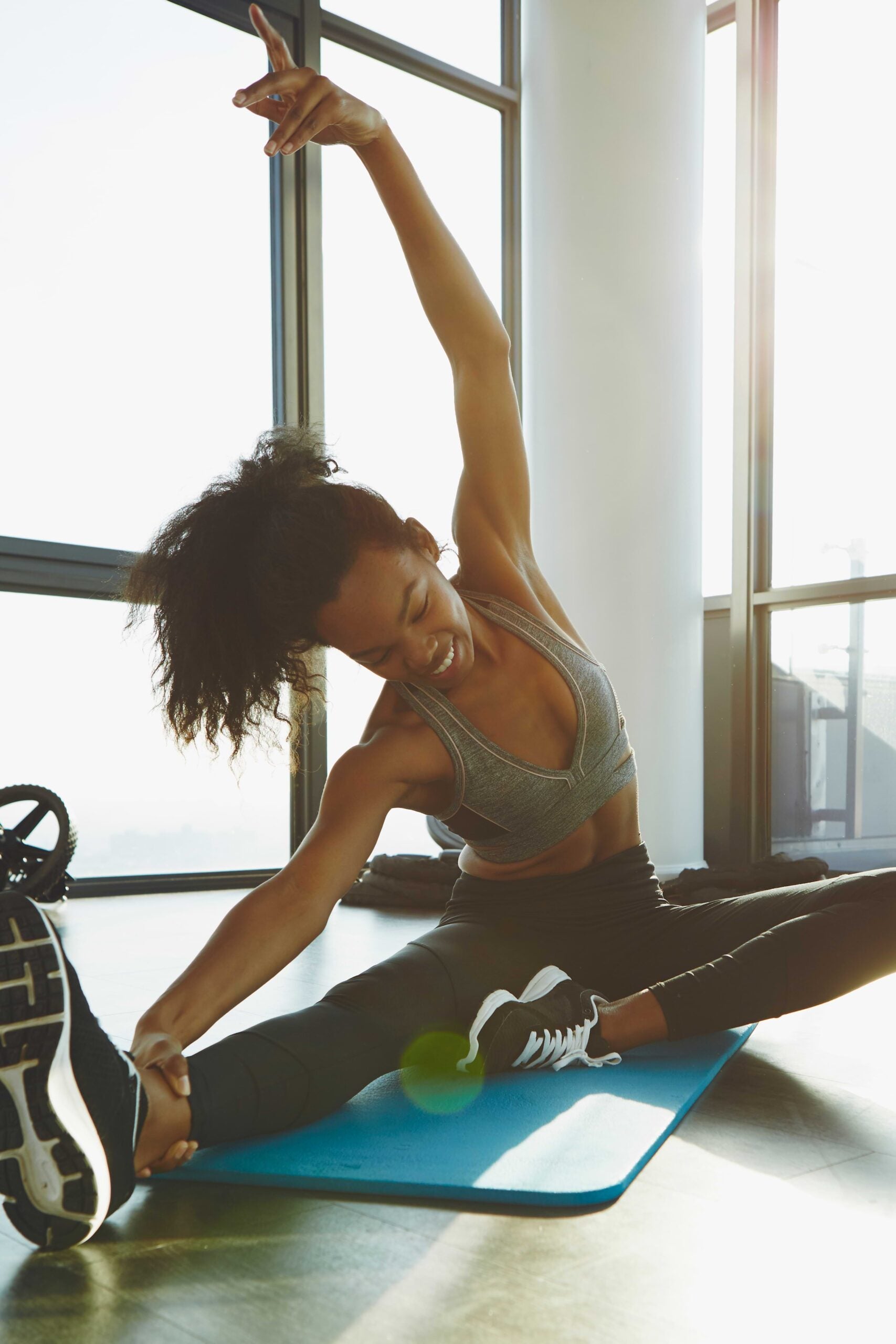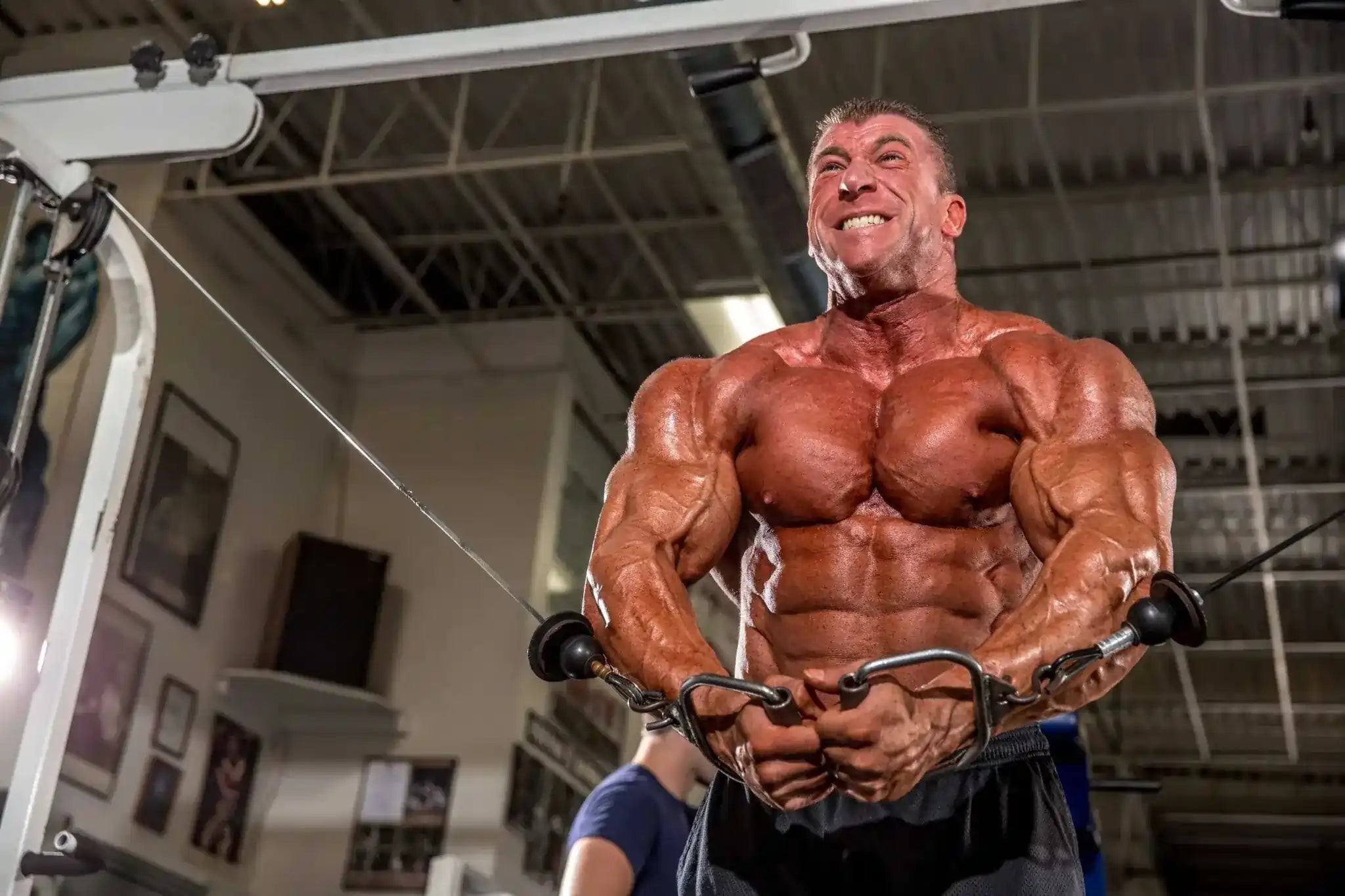The Smith Machine may be one of the most controversial pieces of equipment for heavy lifters. While “purists” may prefer free weights and a free barbell for squats, there are many advantages of using a Smith Machine for stability. The guided mechanisms allow different types of squats (especially in performing front squat) and can help newer lifters learn proper form before attempting other types of lifts. The Smith Machine allows lifters to squat heavier amounts before attempting free barbell lifts, and can also help build larger legs.
How Does a Smith Machine Work?
The Smith Machine is essentially a guided barbell, with the bar on rails that glide smoothly back and forth and up and down, allowing for users to lift the heavier weight without struggling with the challenges of stability and balance that a free barbell offers. The rack is unlocked by the user, the plate weight adjusted, and then the workouts are completed. When you’re finished, simply return the bar to the original position and re-lock the weights. The Smith Machine offers greater control for lifts, and for many, it’s both a blessing and a curse. For beginners, the control of the Smith machine allows them to focus on getting their form correct before moving on to free weights. However, it’s just this sense of control and isolated movements that many people don’t like, as it limits the core engagement that many lifters enjoy.Benefits of the Smith Machine
The Smith Machine allows for greater focus on the legs, increasing the amount of weight you’re able to lift. It also allows for a specialized focus, so people who are interested in fast muscle gains, especially in the quads, may choose this machine, with the guided barbell and additional support.What is a Front Squat?
Front squats use many major muscle groups. While the main muscles activated in this lift are the quads, the bilateral push of the exercise also requires engaging in the abdominal muscles, adductors, calves, hamstrings, glutes, and the lower back. Unlike the traditional squat, a front squat has the barbel positioned on the front of the shoulders, balanced against the chest. Typical squats have the barbell balanced across the back of the shoulders and emphasize working the glutes and hamstrings. By shifting the balance of the barbell and weight to the front of the body, more emphasis is placed on the quads, and therefore, lifters end up with larger legs.Front Squat or Back Squat – Which is Better?
There isn’t necessarily a “better or worse” winner between these two exercises, as both types of squats activate different primary muscle groups. However, both types of squats contribute to a better-rounded physique, and alternating both on leg day can help people achieve their results more quickly and build bigger legs. Back squats, with the emphasis on the glutes and posterior placement, tend to give you more overall power, while front squats will increase the size of your quads more rapidly. Once you’ve defined your goals, you may be better equipped to determine which type of squats (or both) will better help you achieve them.Using Smith Machines To Help Build Bigger Legs
Here is a step-by-step method of using the Smith Machine to help build bigger quads and legs, performing a front squat.- First, determine the right amount of weight to use. While the Smith Machine allows for higher weight than free weight front or back squats, you can still injure yourself if you have too much weight on the machine.
- Set the bar just under shoulder height, slightly lower than you set it for back squats
- Squat underneath the bar with your feet shoulder-width apart, flaring your feet out at about a 30-degree angle
- Raise your arms straight out in front of you and slowly stand up until your shoulders touch the bar in front Make sure that your upper arms are at a 90-degree angle to your chest
- Place each hand on the opposite shoulder, crossing your arms
- Straighten your legs up to lift the bar off the hooks, making sure to keep your elbows parallel to the ground
- Breath in, stabilize your core, and squeeze your shoulder blades together for stabilization
- Sit straight down while pushing your knees out. Don’t break the hips as you do in a back squat, as this may throw you off balance
- Squat until you break parallel, then use an explosive motion to push upward, pressing through on all four corners of the feet.
- Repeat 3-5 sets of 6-15 reps each



